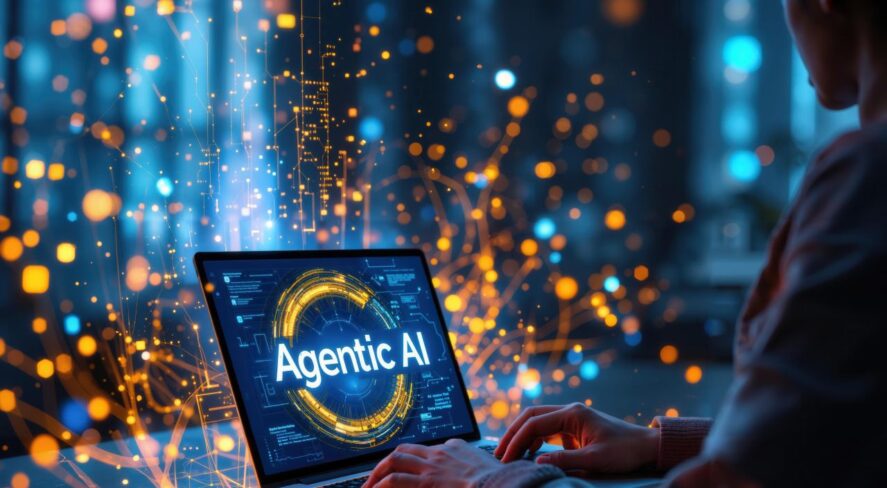How Agentic AI Can Redefine Physical Security


In a recent conversation with the chief information security officer and chief revenue officer of a large enterprise, I was surprised to learn that physical security risks were not on their enterprise risk dashboards. Cyber threats, financial exposures and compliance risks were closely monitored, but physical security—the first line of defense—was missing.
This gap is common. Physical security still typically operates in a silo, reacting to incidents rather than anticipating them, yet organizations collect enormous amounts of valuable data from access control systems, camera metadata, visitor management logs, HR records, IT system sign-in events and sensor networks. What’s missing is a framework that turns these signals into intelligence. That’s where agentic artificial intelligence (AI) can transform the game.
To explain how, let’s use a simple analogy.
Detectors
Imagine a robbery at a grocery store. The police arrive, catch the suspects and record the incident. In our framework, the equivalent of police are the detectors—the statistical and machine learning algorithms that monitor continuously for anomalies, such as:
- A suspicious badge swipe late at night
- An unusual spike in alerts from a specific door
- An unexpected occupancy pattern in a restricted zone
Like police officers on patrol, detectors are the first to notice when something isn’t right.
Agentic AI Domain Experts
After the suspects are caught, the case goes to lawyers. Prosecutors collect evidence—video, fingerprints, witness accounts—while defense lawyers may add travel records, history or other context.
This is the role taken by agentic AI domain experts. Each one specializes in a different data set:
- HR agent checks shift schedules and overtime approvals
- Video agent reviews footage to confirm identities
- Identity agent detects cloned or misused credentials
- Occupancy agent matches activity against expected headcount
- IT sign-in agent cross-checks physical presence with system logins
Like lawyers in court, these agents present different perspectives, challenge assumptions and validate evidence.
Orchestrator Agent
Finally, in the criminal case, a judge listens to all sides, weighs the facts and delivers a decision. In the AI world, this is done by the orchestrator agent.
Instead of bombarding teams with scattered alerts, the orchestrator agent creates a coherent risk narrative that includes:
- What happened and when
- How severe the incident is
- What actions to take
It transforms raw data into clear, explainable intelligence, much like a judge ruling on a case.
The Way Forward
By combining detectors, agentic AI domain experts and an orchestrator agent, physical security can finally evolve from a reactive silo into a proactive, intelligence-driven function.
With agentic AI, risks identified from access logs, video, HR systems, visitor records and IT sign-ins become quantifiable, explainable and actionable—and, as a result, take their rightful place alongside cyber and financial risks on enterprise dashboards.
In today’s world of complex threats, physical security must stop being the forgotten layer and become an intelligence function that enterprises can trust.
The views and opinions expressed in guest posts and/or profiles are those of the authors or sources and do not necessarily reflect the official policy or position of the Security Industry Association.
This article originally appeared in All Things AI, a newsletter presented by the SIA AI Advisory Board.
